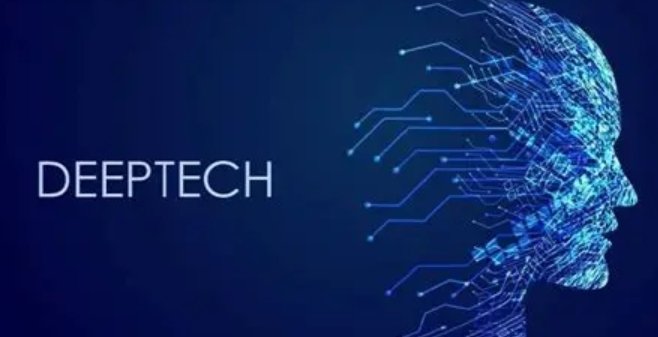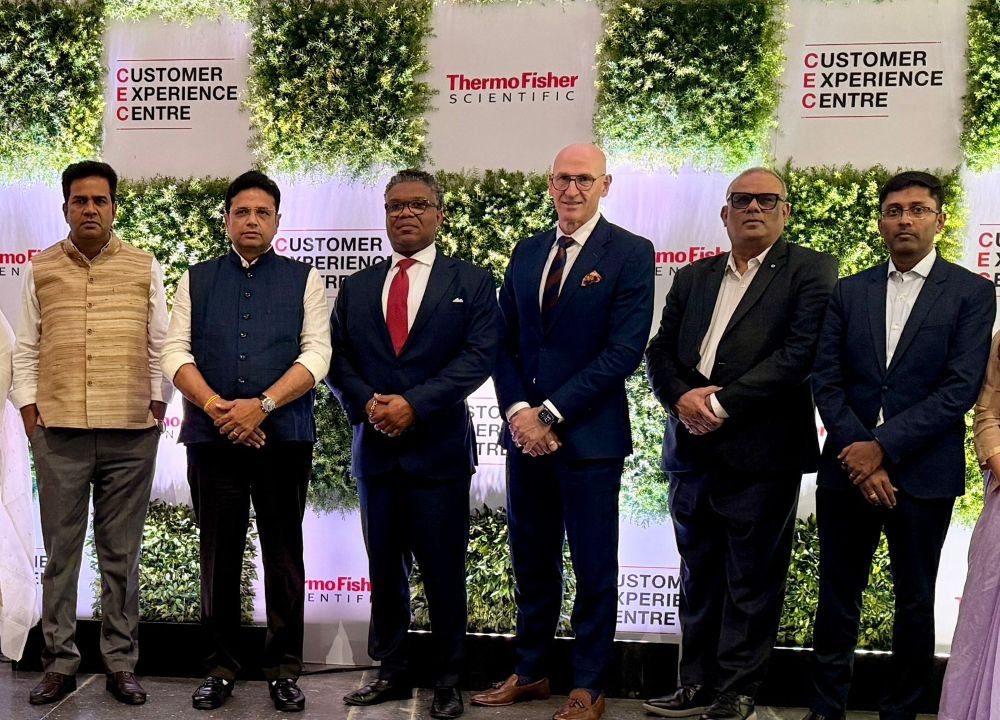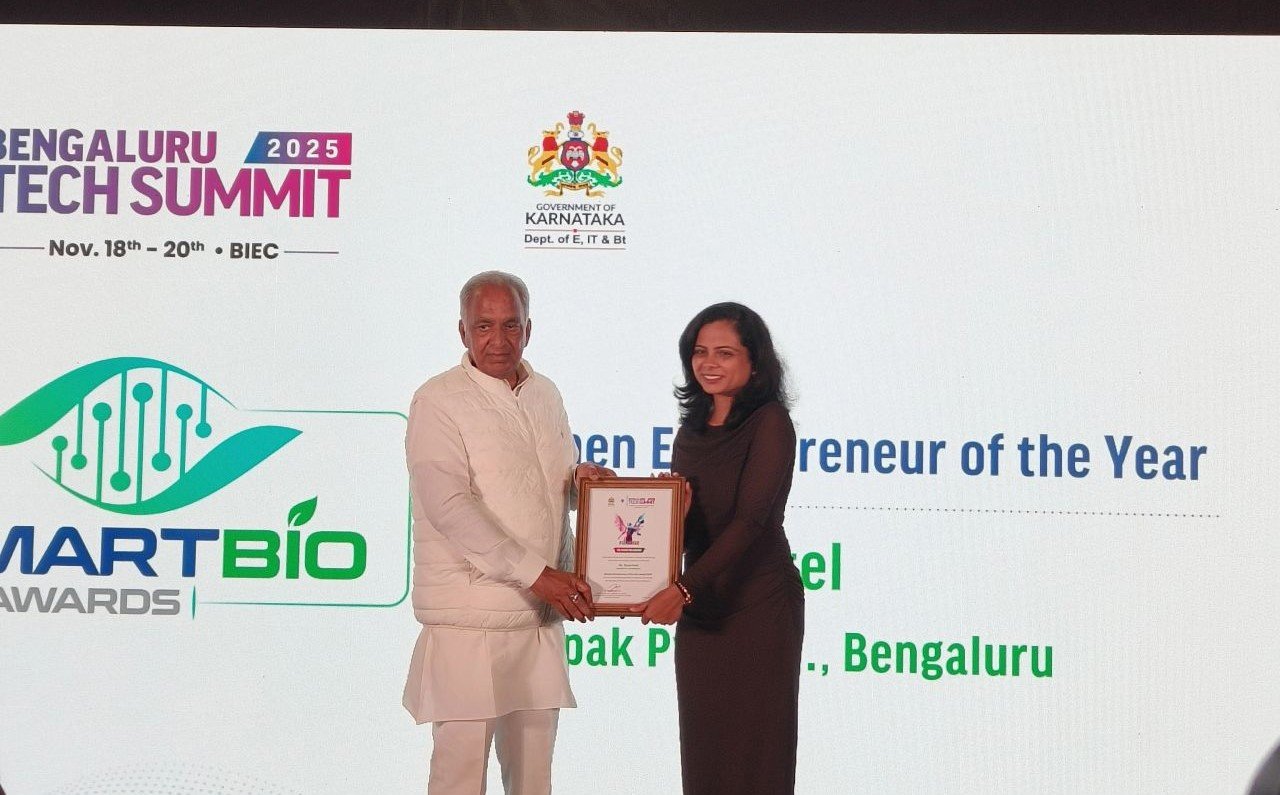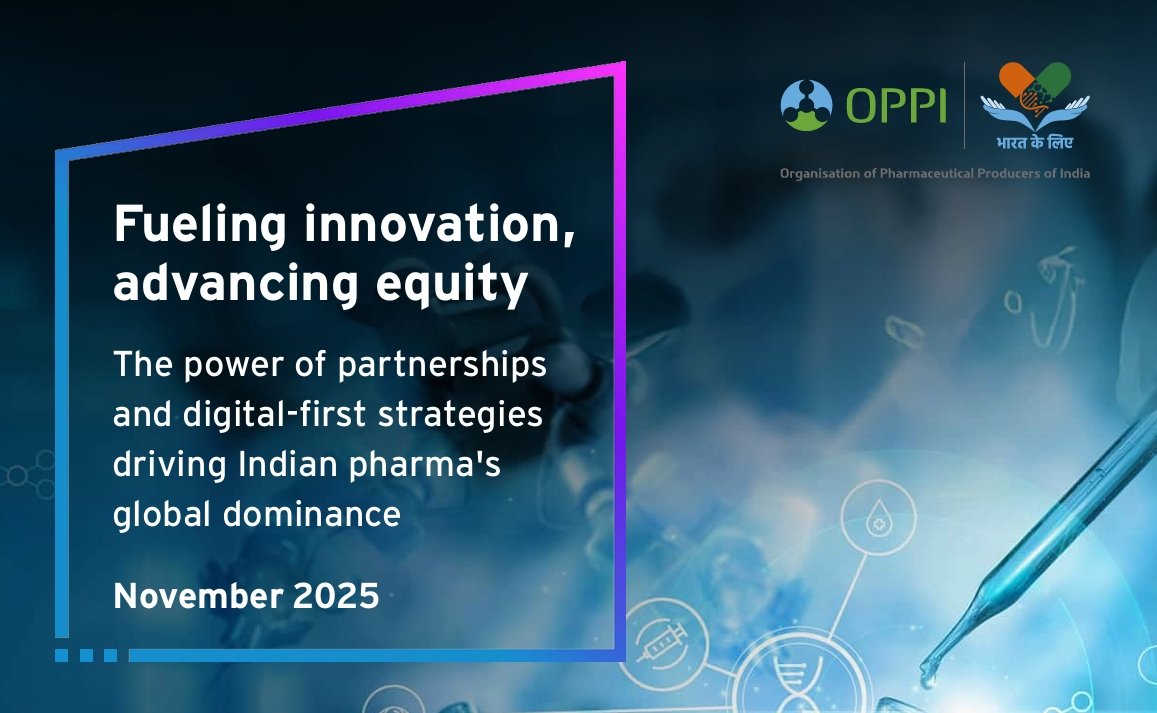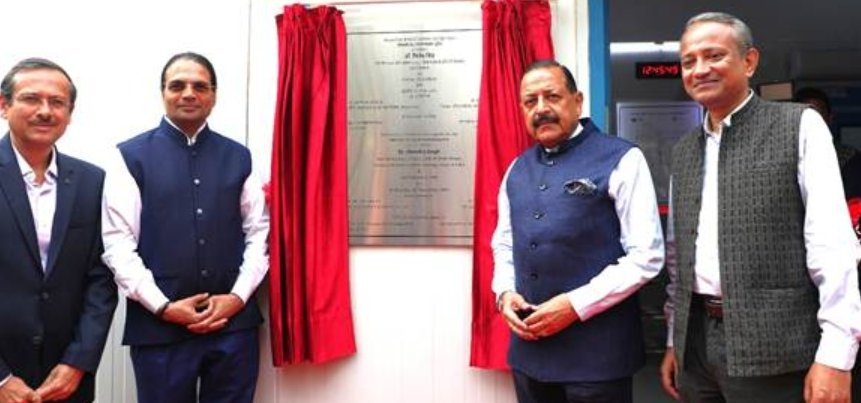Cytotron, an innovative therapy for cancer
September 10, 2009 | Thursday | News
Cytotron, an innovative therapy for cancer
Cytotron, an innovative
therapy for cancer
After many years of
research,
development and speculation, Scalene Cybernetics has indigenously
developed cutting-edge non-invasive cancer treatment device, Cytotron.
Thus paving the way for
an innovative application process for tissue regeneration and
degeneration.
Non-invasive cancer treatment devices are increasingly available and
are being accepted by a broad range of patients world over for their
unique attributes. Most of the leading Indian medical
institutions too have installed non-invasive therapy options, however,
they are all developed and manufactured by bigger foreign medical
devices companies. Till recently, India could hardly boast of any such
biomedical breakthrough technology. But, after several years of
research, development and speculation, the indigenously developed
cutting-edge non-invasive cancer treatment device, Cytotron, has
finally arrived. Center for Advanced Research and Development (CARD),
the research wing of Scalene Cybernetics, the Bangalore-based
organization engaged in research on cutting-edge medical electronic
technologies, has made a noble invention for non-invasive treatment of
cancer and osteoarthritis.
With over two decades of research on rotational field quantum nuclear
magnetic resonance (RFQMR) technology, Dr Rajah Vijay Kumar, a
pioneering researcher and an opinion leader in the field of biophysics
and radiobiology along with his team at Scalene Cybernetics has
invented the new non-invasive treatment for cancer and osteoarthritis.
He holds the worldwide patent for his amazing invention, and has
licensed the technology to Scalene to manufacture and market it
internationally.
According to Dr Kumar, director and chief scientific officer, CARD and
board chairman of Scalene Cybernetics, “The development of
this
technology started way back in 1987. The basic idea behind this
technology is to alter the transmembrane potential (TMP), the potential
or voltage difference between the cell membrane in human tissue to
stimulate specific protein using TMP pathways, resulting in tissue
regeneration or degeneration as required.”
 Cytotron vs other cancer
treatments
Cytotron vs other cancer
treatments
The Cytotron, a breakthrough innovation, is different from other cancer
treatments such as surgery, radiotherapy and chemotherapy. Based on
RFQMR technology, the treatment modality through Cytotron is highly
advanced and shows phenomenal improvement in patient’s
quality of
life without leaving any major side-effects. In fact, combining
Cytotron with chemotherapy, substantially reduces the side-effects of
even powerful chemotherapeutic molecules. On the other hand, Cytotron
radiosensitize the tumor for traditional radiotherapy to work better on
the tumor and reduce collateral damages as the surrounding tissue will
have lower radiosensitivity.
“Conventional radiotherapy uses ionizing radiation at the end
of
high frequency spectrum and can cause collateral damage,”
says Dr
Kumar. However, he maintains that Cytotron uses a more benign,
non-ionizing variable proton density guided resonance approach.
“The cancer stem cells that sing the loudest will be attacked
first, poorly differentiated cells next and finally well-differentiated
ones. Normal cells don’t sing at all so they are never
attacked.
This approach is said to have no side-effects,” Dr Kumar
explains.
It’s all about
results
The clinical trials for Cytotron were conducted at CARD center, so far
over 140 terminal cancer patients have undergone treatment through the
product during clinical trials. Of these, the one-year survival rate
was 52 percent while 92 percent of the patients had improved quality of
life, for whatever period they lived, as assessed by accepted quality
of life protocols. “The technology has a proven track record,
and
52 percent of the end-stage cancer patients, who were expected to live
for a month or two have survived for more than a year. The three
primary aims we are looking at with this technology are to arrest
cancer growth, stop its spread from organ to organ and provide better
quality of life,” informs Dr Kumar.
Cytotron has recently obtained the European Union (EU) certification by
Underwriters Laboratories (UL) as Class IIa medical device. With the
Cytotron now being recognized and accepted as one of the therapeutic
modality with the grant of the EU certification, there has been a
widespread interest in the technology for the treatment of cancer and
osteoarthritis. While commenting on the importance of CE certification,
Dr Kumar says, “The CE mark is the most mandatory requirement
for
placement in the European Economic Area (EEA). The CE certification,
which is one of the most respected marks in the world, ensures
adherence to the various consumer safety, health and environmental
benchmarks of the EEA countries.”
The company has received requisitions to install Cytotron from Europe,
Middle East, Australia, Malaysia, Canada, New Zealand, South Africa and
Mexico. Dr Kumar expects over 1,000 Cytotron machines to be installed
around the globe by 2015, providing relief and better quality of life
to patients. Scalene has so far sold 16 units of Cytotron in India and
other markets.
Cytotron 864 can treat all types of solid tumors, including widely
metastatic disease in terminal patients. Though terminal systemic
malignant diseases can be treated, no trials have been conducted so far
to prove its efficacy in patients.
There have been many claims made but it is certainly true to say that
Cytotron will allow the next level of performance in cancer treatment.
Cytotron was developed with the help of internal funding. Dr Kumar was
unable to give us the exact figure of investments made towards
developing this product. However, he shared that developing Cytotron
required 100 man years of research.
Being a technology-oriented company, Scalene over the period has
indigenously developed many technologies in the field of medical
engineering, artificial intelligence, modeling and simulation. In the
area of medical engineering, it has patented two important technologies
– Cytotron and Haemoseis 256, which are advanced
therapeutic and diagnostic devices. The company’s current
revenue
is in the range of Rs 35-40 crore with Rs 6-8 crore from its diagnostic
device business. The company is
currently working on a new type of drug delivery product. It is also
developing a device for treating hepatopancreatic dysfunctions.
Jahanara Parveen





